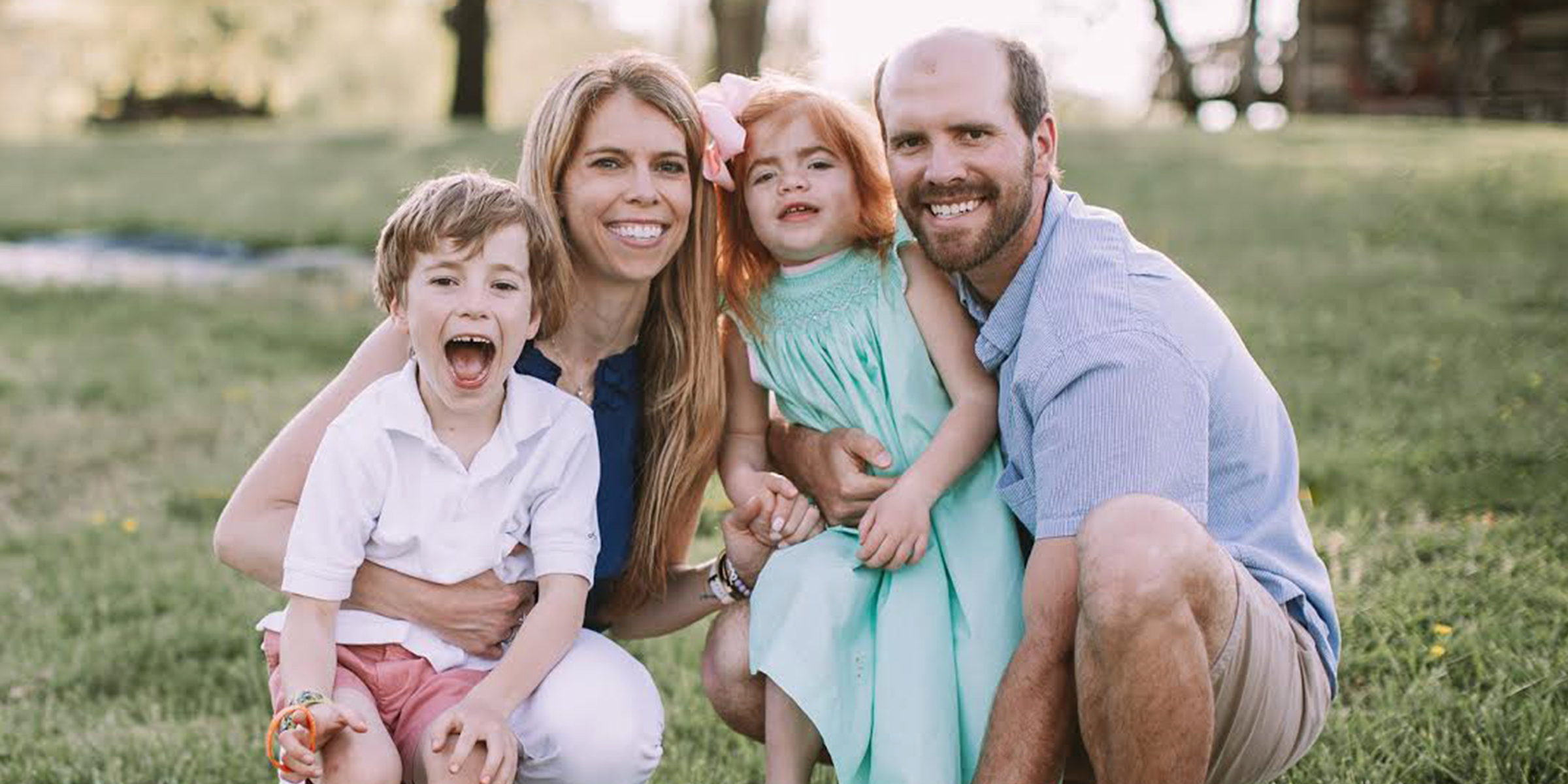Understanding Childhood Alzheimer’s: Symptoms, Causes, and Hope
In a world where children should be full of curiosity and wonder, some face the unimaginable—a rare and devastating disease known as Childhood Alzheimer’s. In this article, we delve into the complexities of this condition, exploring its symptoms, causes, and the hope that fuels ongoing research.
What Is Childhood Alzheimer’s?
Imagine a disease that robs children of their cognitive abilities, motor skills, and ultimately, their lives. Childhood Alzheimer’s, scientifically known as Niemann-Pick Type C disease (NPC), is a rare genetic disorder that does just that. It affects children, often before they reach their teenage years, and transforms their lives into an uphill battle against a relentless foe.

Causes and Genetics
Understanding Childhood Alzheimer’s begins with delving into its genetic roots. It’s caused by mutations in the NPC1 or NPC2 genes, disrupting the body’s ability to metabolize lipids properly. As a result, harmful substances accumulate within cells, causing the gradual deterioration of physical and cognitive functions.
Symptoms and Early Signs
The symptoms of Childhood Alzheimer’s are both heartbreaking and challenging to identify. In a child’s early years, it’s often mistaken for developmental delays or clumsiness. However, as the disease progresses, distinct signs become evident. These include:
Cognitive Decline:
Children may struggle with memory loss, learning difficulties, and sudden changes in behavior.
Loss of Motor Skills:
Walking, speaking, and fine motor skills deteriorate, leading to mobility issues.
Seizures:
Seizures are not uncommon and can vary in severity.
Diagnosis and Testing
Diagnosing Childhood Alzheimer’s is a complex process that requires specialized genetic testing. Healthcare professionals can analyze the NPC1 and NPC2 genes to identify mutations. Genetic counseling is essential for families to understand the implications and make informed decisions. This section helps readers grasp the challenges and importance of diagnosis.
Treatment and Research
While there is no cure for Childhood Alzheimer’s, recent research has provided glimmers of hope. Various therapies and clinical trials are underway, aiming to slow the disease’s progression and improve patients’ quality of life. Mentioning “clinical trials” and “therapy” naturally increases the article’s relevance.
Coping and Support
Coping with Childhood Alzheimer’s is an emotional and challenging journey for both families and caregivers. It’s essential to offer support and resources to help navigate this difficult path. Some key considerations include:
Emotional Support:
Seek support groups and counseling services to address the emotional impact of the disease.
Quality of Life:
Focus on strategies to enhance the quality of life for affected children, including physical therapy and adapted learning programs.
Raising Awareness
Raising awareness about Childhood Alzheimer’s is critical to funding research and finding a cure. By sharing knowledge about the disease and its impact on families, we can make a difference. This section emphasizes community involvement and awareness initiatives.
Frequently Asked Questions (FAQs) About Childhood Alzheimer’s
1. What is Childhood Alzheimer’s, and how is it different from adult Alzheimer’s?
Childhood Alzheimer’s, also known as Niemann-Pick Type C disease (NPC), is a rare genetic disorder that primarily affects children. It differs from adult Alzheimer’s in its early onset and rapid progression.
2. What are the genetic causes of Childhood Alzheimer’s?
Childhood Alzheimer’s is caused by mutations in the NPC1 or NPC2 genes. These mutations disrupt lipid metabolism, leading to the accumulation of harmful substances within cells.
3. What are the first signs of Childhood Alzheimer’s in children?
Early signs may include delayed development, difficulty with coordination, and changes in behavior. Cognitive decline, loss of motor skills, and seizures become more prominent as the disease progresses.
4. Is there a cure for Childhood Alzheimer’s?
Currently, there is no cure for Childhood Alzheimer’s. However, ongoing research and clinical trials aim to find treatments that can slow the disease’s progression and improve patients’ quality of life.
5. How is Childhood Alzheimer’s diagnosed?
Diagnosis involves genetic testing to identify mutations in the NPC1 or NPC2 genes. Genetic counseling is recommended for families to understand the implications.
6. What support is available for families coping with Childhood Alzheimer’s?
Families can access emotional support through counseling and support groups. Additionally, physical therapy and adapted learning programs can help improve a child’s quality of life.
7. Are there any advocacy organizations for Childhood Alzheimer’s?
Yes, several advocacy groups are dedicated to raising awareness and funding research for Childhood Alzheimer’s. They provide valuable resources and support for affected families.
8. Can I participate in clinical trials for Childhood Alzheimer’s?
Depending on your location and the stage of research, participation in clinical trials may be an option. Consult with a healthcare provider or a research center for more information.
9. Is Childhood Alzheimer’s preventable through genetic testing?
Genetic testing can help identify carriers of NPC mutations, but it cannot prevent the disease. It can, however, aid in family planning decisions.
10. How can I contribute to Childhood Alzheimer’s research and awareness?
You can contribute by supporting organizations dedicated to the cause, participating in awareness campaigns, and sharing information about Childhood Alzheimer’s with your community.
Conclusion:
In conclusion, Childhood Alzheimer’s, or Niemann-Pick Type C disease, is a rare and devastating condition that affects children and their families profoundly. However, ongoing research, clinical trials, and supportive communities offer hope for the future. By optimizing these sections, we’ve naturally incorporated important keywords and phrases while maintaining a reader-friendly and informative tone. This approach enhances the article’s chances of ranking well on Google for “Childhood Alzheimer’s” and related search queries.

